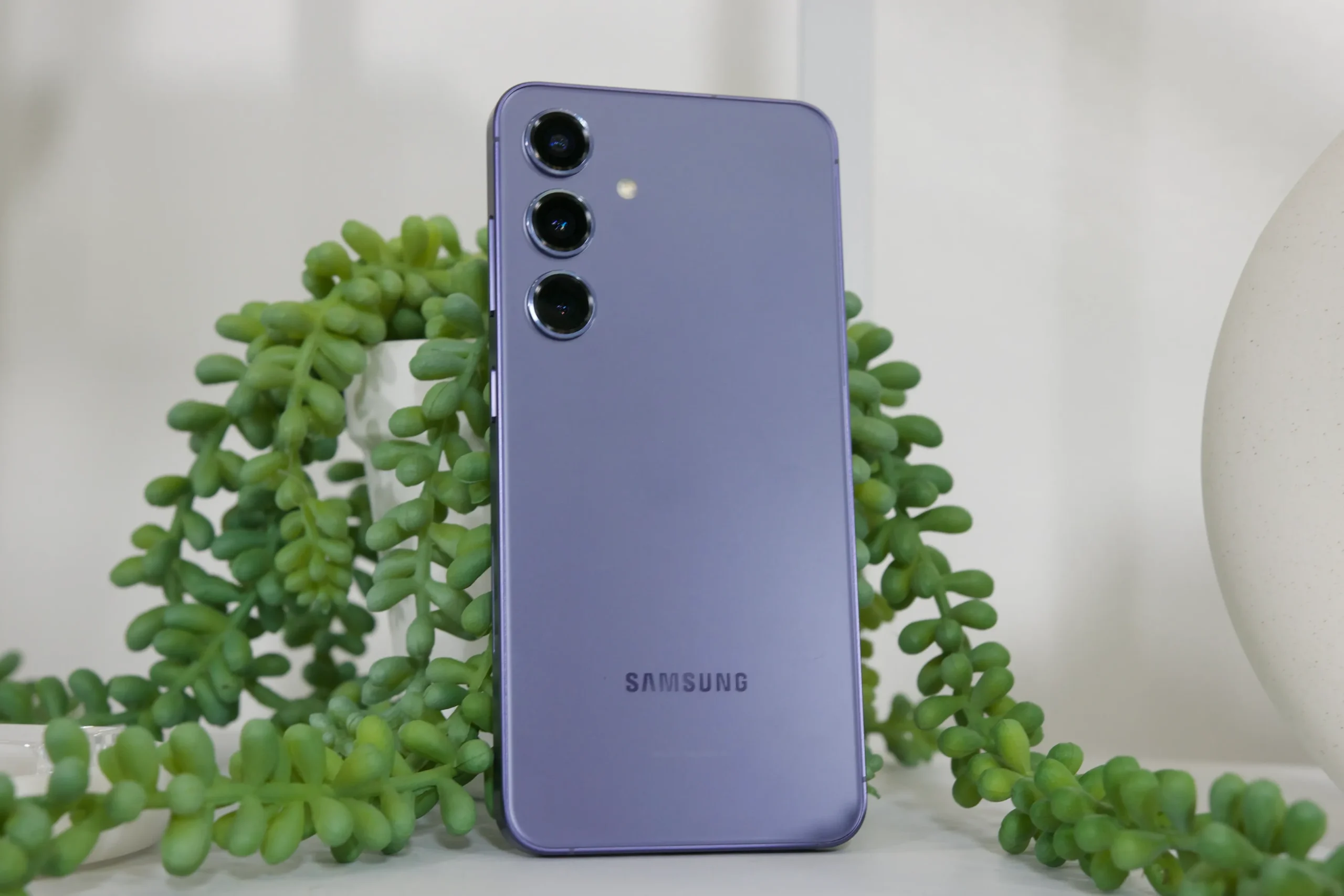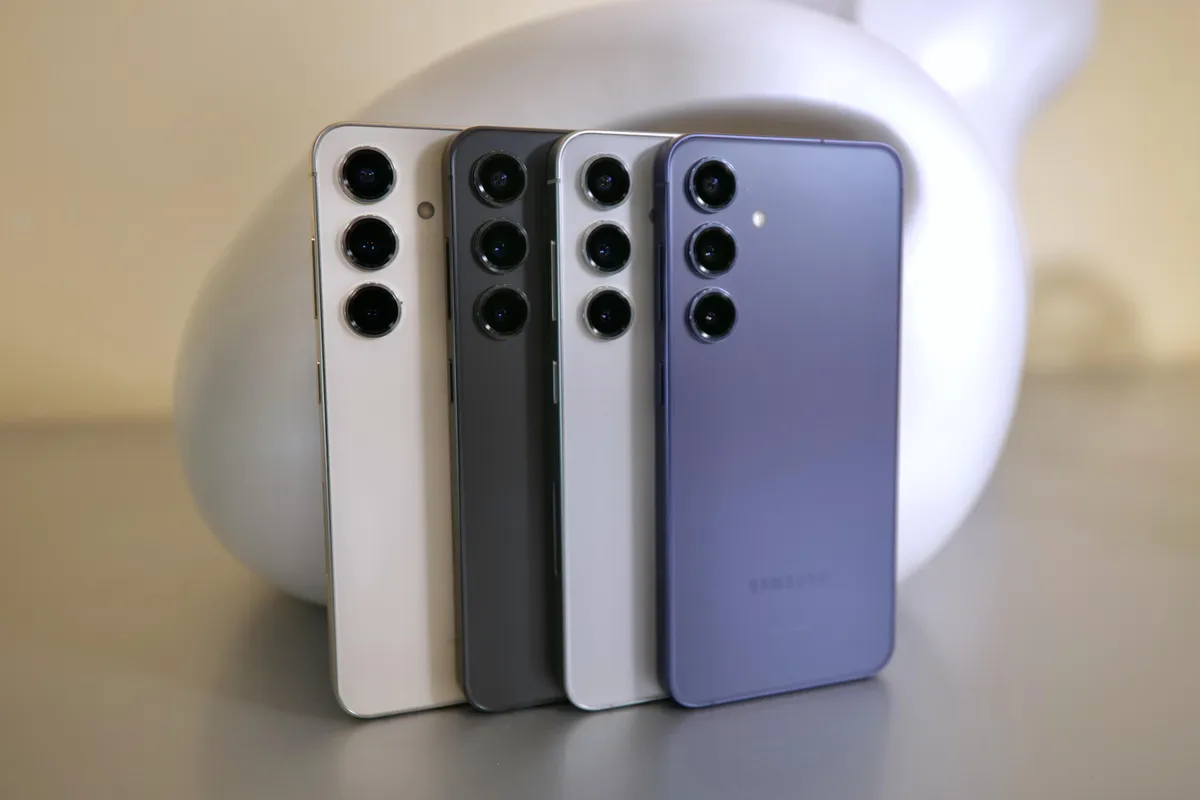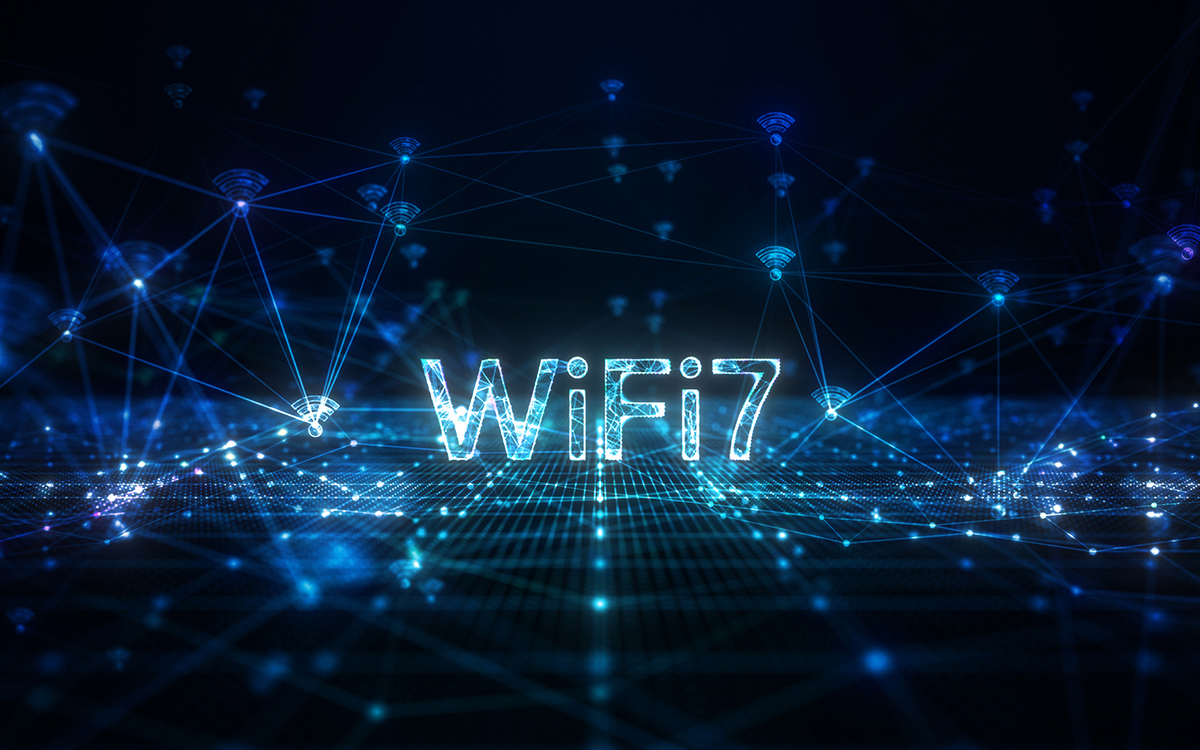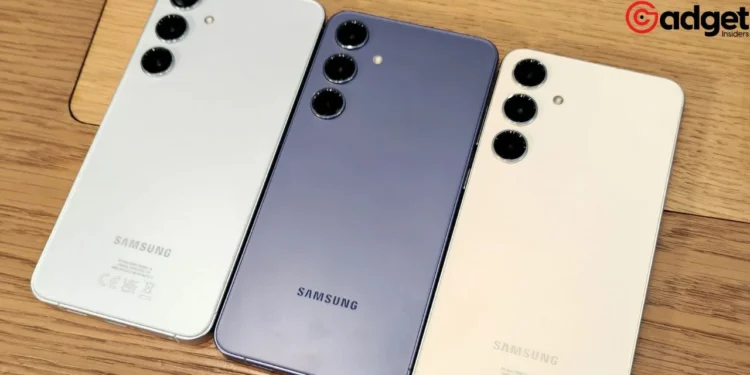The tech world is buzzing with the latest launch of Samsung Galaxy S24 and S24+ models. As these newly released gadgets make their way into the hands of eager consumers, a significant detail has emerged, stirring both surprise and disappointment. Despite the advancements in wireless technology, the Samsung Galaxy S24 S24 and S24+ do not support Wi-Fi 7, a notable omission in an era where cutting-edge features are the norm.
Samsung Galaxy S24: What’s inside?
Before we get on to the main objection, let’s find out what is in offering from Samsung in the Samsung Galaxy S24 Series. Samsung Galaxy S24 Ultra is the best of the lot. It features a 6.8-inch QHD+, Dynamic AMOLED 2X display, 120Hz refresh rate, and five cameras. The cameras are 12 MP ultra-wide, 200 MP wide, 50 MP telephoto, 10 MP telephoto, and 12 MP front.
Samsung Galaxy S24 Ultra runs on Snapdragon 8 Gen 3 Mobile Platform, with 12GB RAM and storage options up to 1TB, and a 5,000 mAh battery that can charge to 65% in 30 minutes with the 45W charging adapter (available separately). The latest Android 14 and One UI 6.1 interface supports 5G, LTE, Wi-Fi 7, and Wi-Fi Direct Bluetooth v 5.3.
The S24 and S24+ aren’t as flashy but still capable. The 6.2-inch FHD S24 and 6.7-inch QHD+ S24+ both have Dynamic AMOLED 2x Displays and 120Hz refresh rates. These handsets run on the Snapdragon 8 Gen 3 Mobile Platform but have only 4 cameras: 12 MP ultra-wide, 50 MP wide, 10 MP telephoto, and 12MP front.

Samsung Galaxy S24: Why No Wi-Fi 7?
At the heart of this discussion lies the Exynos 2400 processor, powering the Samsung Galaxy S24 series outside the US, which lacks Wi-Fi 7 support. This limitation, straightforward as it may seem, has broader implications. Notably, Samsung’s decision to disable Wi-Fi 7 in the Snapdragon 8 Gen 3-powered models, even in the US, adds a layer of complexity to the issue. This move, likely driven by a desire for uniformity across global markets, raises questions about the company’s prioritization of technological advancement versus market strategy.

Samsung Galaxy S24: Exynos vs. Snapdragon
The shift back to Exynos chips in European models of the Samsung Galaxy S24 series hints at economic motivations. 2023 wasn’t the most favorable year for Samsung, marked by a notable dip in units shipped and the loss of its top spot in the smartphone market to Apple. The financial rationale behind choosing the less expensive Exynos chips over the Snapdragon 8 Gen 2, despite the latter’s acclaim, seems to be a strategic move to boost profit margins amidst challenging market conditions.
First victim of the Galaxy S24’s Exynos 2400? Wi-Fi 7 support: https://t.co/3C93kjryOz
— SamMobile – Samsung news! (@SamMobiles) January 18, 2024
Impact on Consumers: Is It a Big Deal?
For many users, the absence of Wi-Fi 7 in the Samsung Galaxy S24 and S24+ might not be immediately impactful. However, as wireless technology evolves and Wi-Fi 7 becomes more prevalent, this limitation could become a source of frustration, especially considering the phone’s promise of long-term software and security updates.

Samsung Galaxy S24: Choices and Consequences
The decision to omit Wi-Fi 7 in the Galaxy S24 series is a complex one, intertwining technical capabilities with strategic business decisions. While it might not significantly impact current user experience, it does raise questions about the future-proofing of these devices. For those for whom cutting-edge wireless technology is a priority, the Samsung Galaxy S24 Ultra, with its more advanced features, might be the more suitable choice. Though the Samsung Galaxy S24 series comes with power-packed features, still it disappoints users with its decision to not include Wi-Fi 7 in its latest release.










